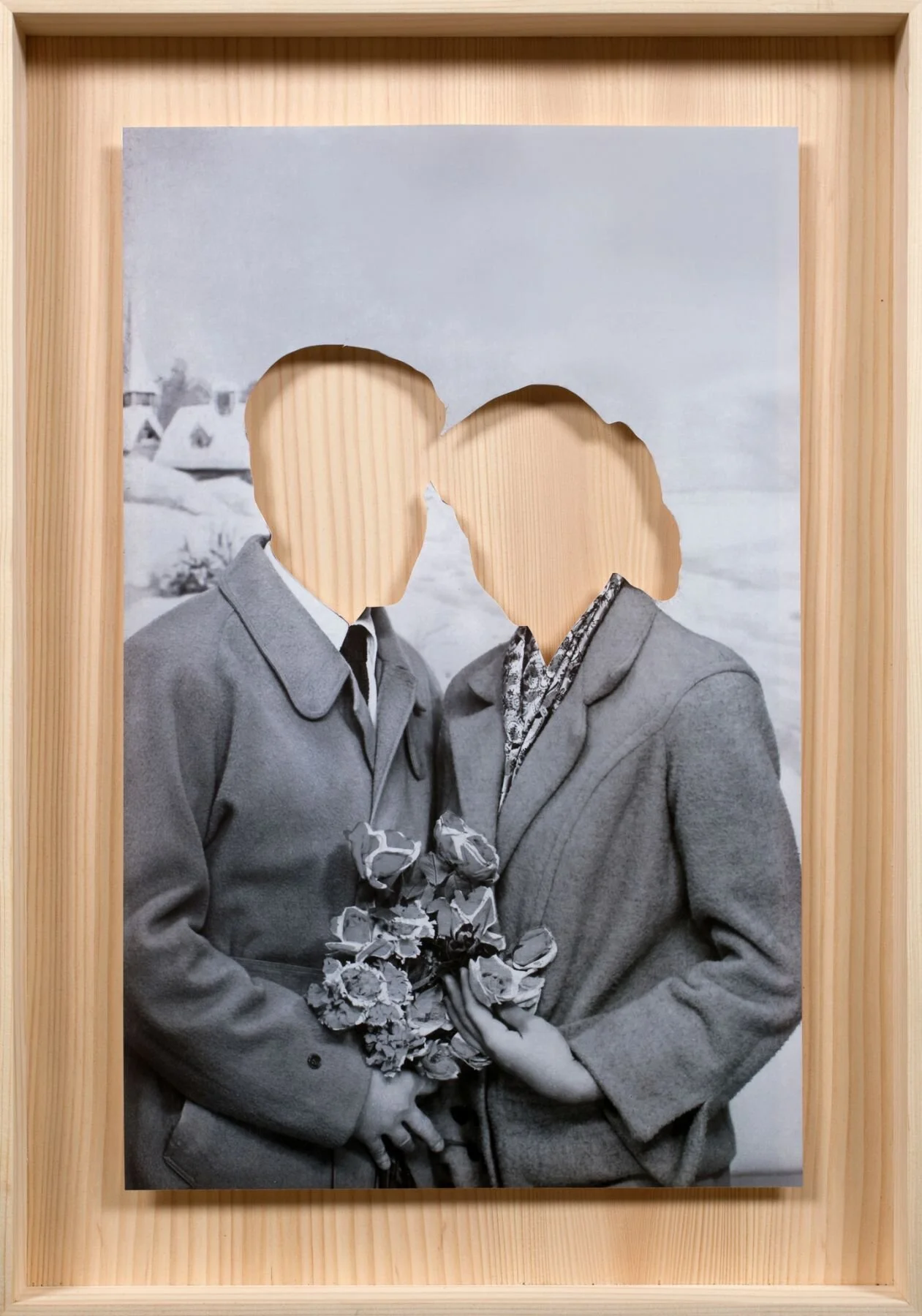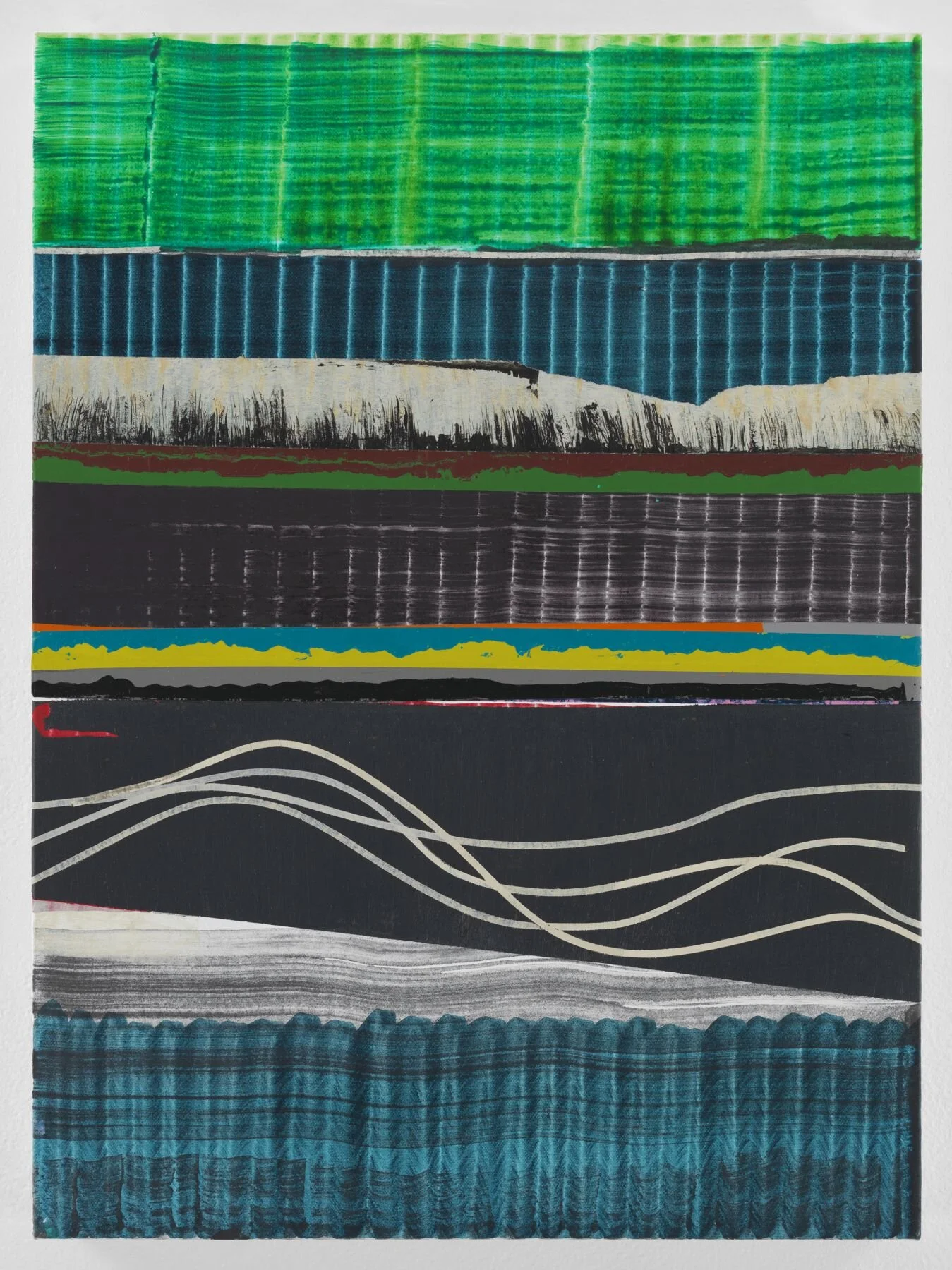Gerard Richter
“Cage Paintings”
New York, 541 West 24th Street
Throughout his career, Richter has navigated between naturalism and abstraction, painting and photography, exploring the conceptual, historical, and material implications of various mediums without ideological restraint. In paintings he produced while studying at the Staatliche Kunstakademie Düsseldorf, Germany, in the early 1960s, his imagery derived from magazine and newspaper photographs; he has continued this exploration throughout his career, manipulating it in ways that have inspired subsequent generations of painters. Richter approaches the concept of abstraction with similar rigor, employing varying combinations of process, expressiveness, and chance. The resultant works range from austere monochromes and mirrors to dynamic, layered, and richly chromatic compositions.
“One can see, or rather hear, a great example in John Cage’s work of how extensively, cleverly, and sensitively he treats coincidence in order to make music out of it. ”
Characterized by their large scale and concentrated materiality, the six Cage paintings (2006) are constructed from intersecting lines, fields, and swaths of color applied with a broad squeegee. By varying the force with which he dragged this tool across the canvas, Richter added and, crucially, removed areas of paint to generate a highly unpredictable surface. The paintings are titled after influential composer, artist, and philosopher John Cage (1912–1992), whose music Richter was listening to when he produced the series. Cage’s pursuit of indeterminacy in music, reflected in his use of the I Ching and other chance operations as compositional tools, has always resonated with Richter, who has compared his own process to the act of arranging musical notes into a score.
Shown in conjunction with the Cage paintings is a group of abstract drawings Richter made in a single, characteristically intensive working session during the summer of 2020. Richter’s drawings function as autonomous works and have always been an important part of his oeuvre. In the compositions on view, he makes clear use of an eraser to help direct the graphite, emphasizing the self-reflexive nature of drawing, and echoing, perhaps, the subtractive strategy that the creation of the Cage paintings entails.







